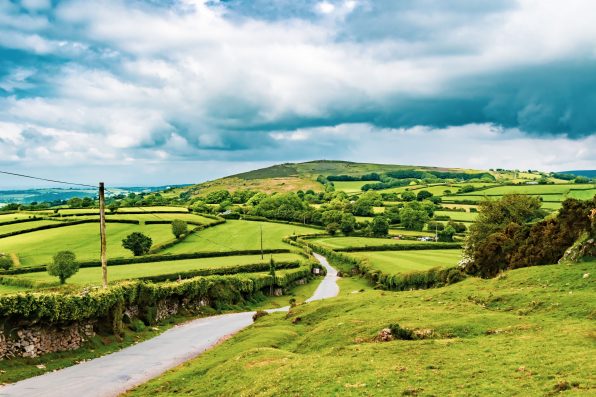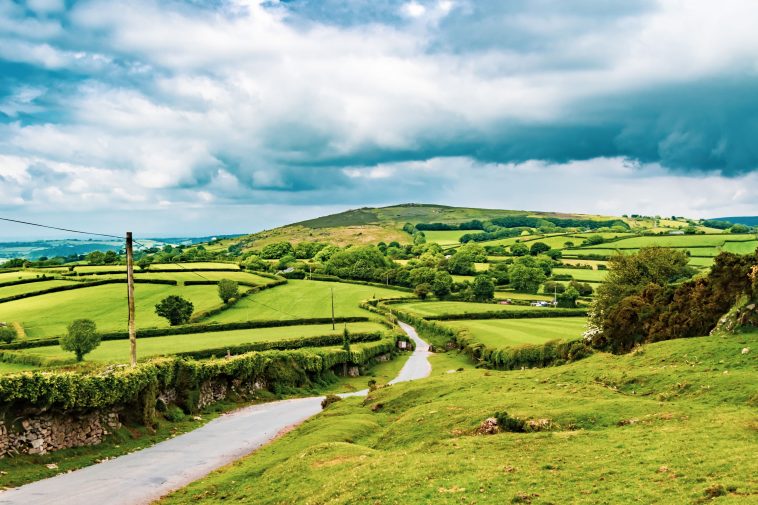During excavations at a sacred site in eastern England that was used by early humans for thousands of years, a large prehistoric “henge” was uncovered. Henge is a term used to describe a type of circular earthen enclosure.
The newly discovered henge dates back to the late Neolithic or early Bronze Age, and it is one of the largest ever found in the region.
It was found at Anchor Church Field near a small town called Crowland, which is located in the county of Lincolnshire.
Today, Crowland contains the ruins of a medieval abbey, but long ago, the area was once the home of a hermitage belonging to Saint Guthlac, a monk who lived during the Anglo-Saxon period. He was known for giving up a life of riches as the son of a nobleman in exchange for one of simplicity and solitude. He died in A.D. 714, and his body was discovered about a year later.
A small monastic community developed in honor of him, which led to the establishment of Crowland Abbey. Information about the saint’s life is mostly from a text known as Vita Sancti Guthlaci, or Life of Saint Guthlac. It was written after his death by a monk named Felix. The text indicated that Guthlac created his hermitage from a burial mound that had been unearthed.
Experts have searched for the hermitage’s location for years. Anchor Church Field was always regarded as the most likely site, but investigations into the area have been infrequent.
So, a team of researchers from the University of Sheffield decided to explore the site for themselves. While they did not find any evidence of a hermitage associated with Guthlac, they did come across a piece of history that goes much further back.
The prehistoric henge measured 250 feet across and was surrounded by a 16-foot wide ditch. At the time it was constructed, the region contained water and marshes. It was also built on a high point that overlooked the area.
Its impressive size and location suggest that it must have served as a major site for ceremonial activities. Other henges have been documented nearby, but none of them were as large as the henge in Crowland.

Sign up for Chip Chick’s newsletter and get stories like this delivered to your inbox.


